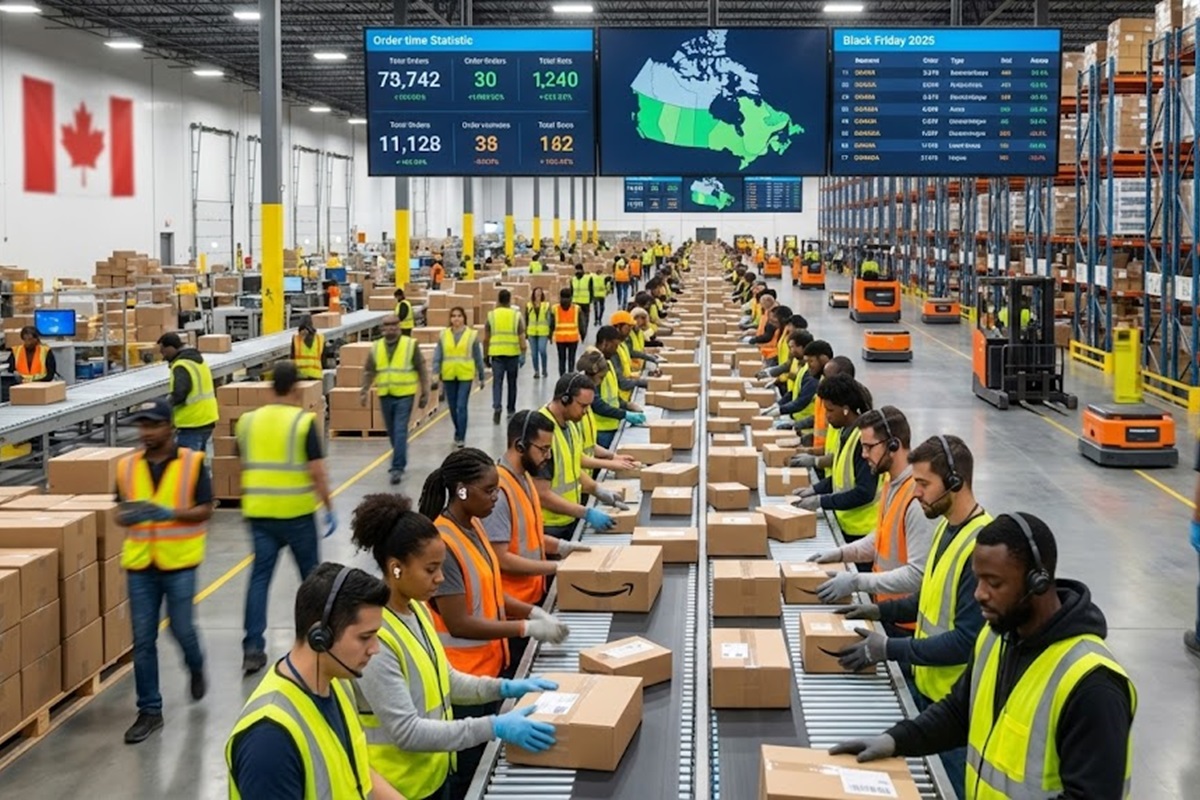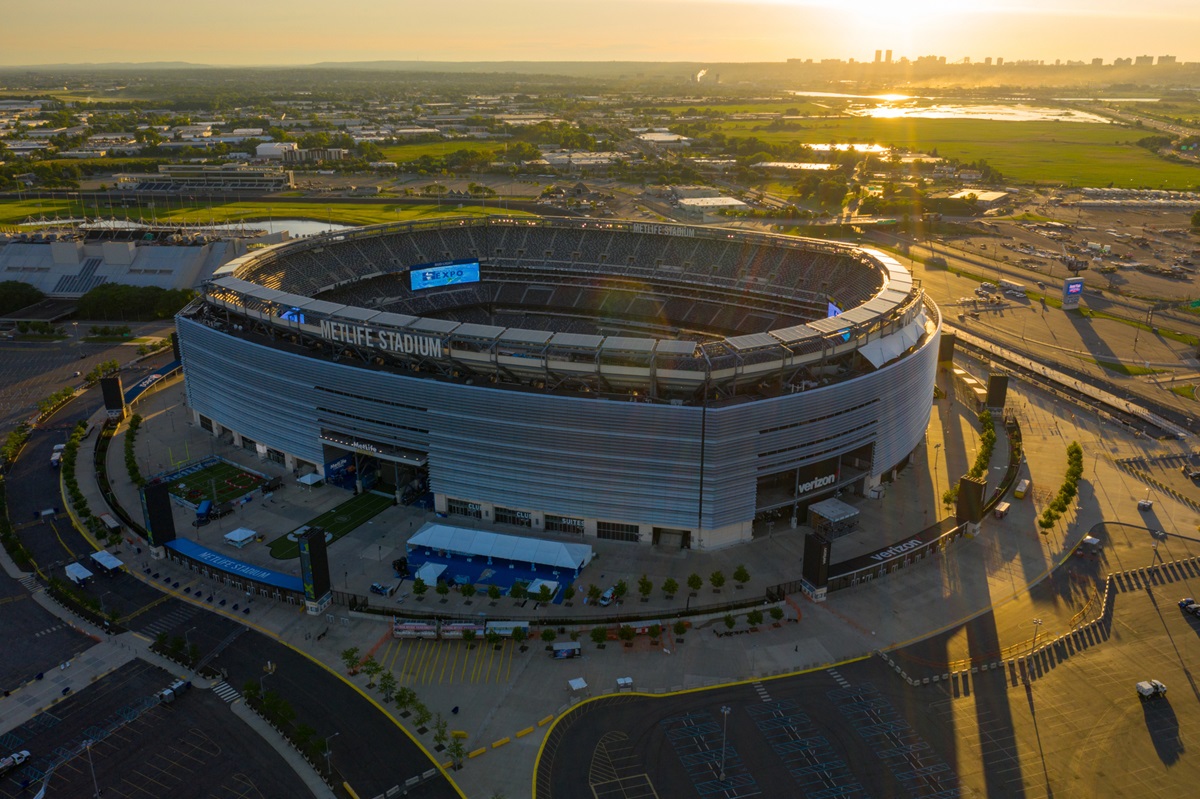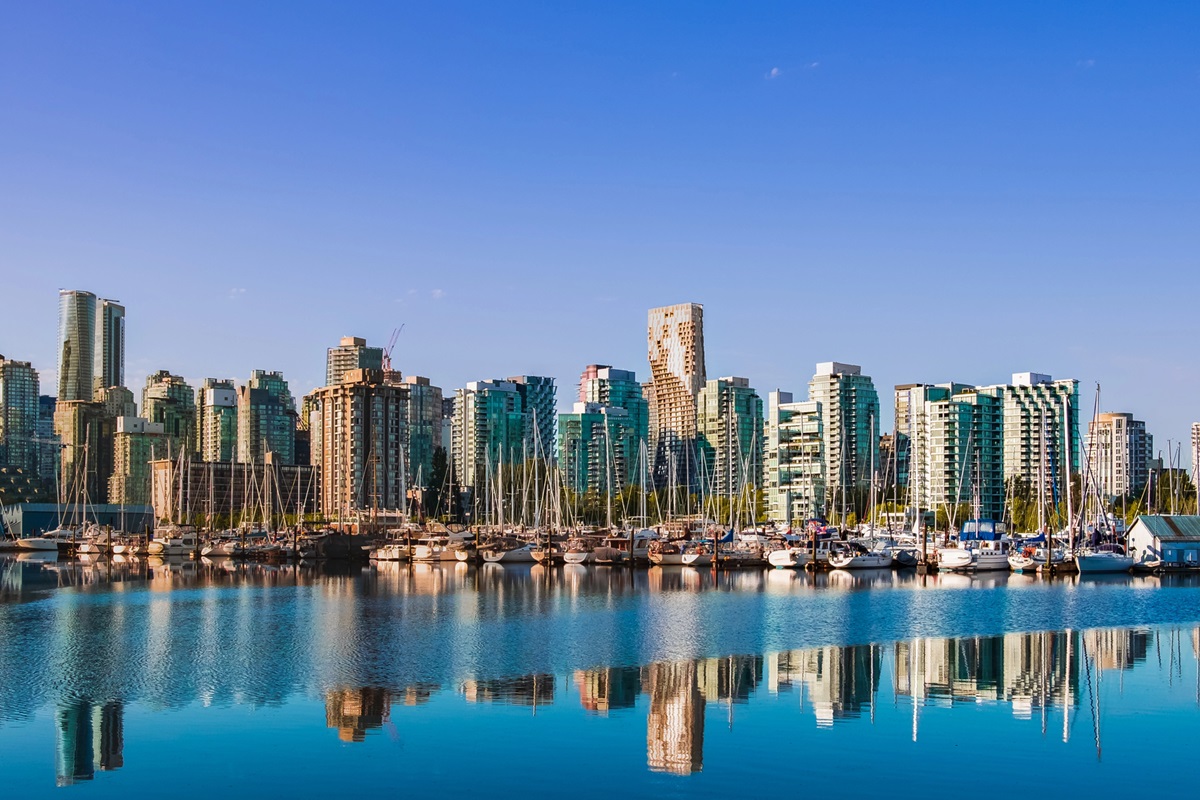The FIFA World Cup 2026 won’t be played only on the pitch. It will also be felt in the streets, in bustling markets, around food trucks, and in every bite shared between strangers celebrating a goal—or consoling a defeat. One thing’s certain: this World Cup will taste Latin.
With matches hosted in vibrant cities like Los Angeles, Miami, Toronto, Mexico City, and Houston, the tournament is the perfect excuse for an unprecedented multicultural feast. This is more than just soccer—it’s an invitation to explore, to taste, to discover, and, why not, to fall in love with flavors that tell stories.
More Than Just Goals: The World Cup Is Also Savored
Traveling for soccer is exciting on its own—but knowing a universe of authentic, diverse food awaits makes it even better. The numbers say it all: over 88% of travelers choose their destination based on the food they expect to eat. Because yes, eating well is also a way to fully experience a journey.
During the 2026 World Cup, millions of people will flow through cities where Latin cuisine is an emblem. Every taco, arepa, and ceviche will be more than just a dish—it will be a shared moment, a cultural bridge, a way to make new friends while debating whether VAR got it right.
Let’s not forget the concrete impact either: in cities like Los Angeles, visitor spending at restaurants is expected to generate up to $25 million in wages. It’s not just about taste—it’s an economy in motion.
A Latin American Route Through Host Cities
In Los Angeles, tacos aren’t just food. They’re identity. And during the World Cup, they’ll be everywhere: on steamy corners, in historic markets, and food trucks full of rhythm and spice. Tijuana-style tacos—with handmade tortillas, juicy meats, and spicy salsas—are a spectacle in themselves.
But the story doesn’t end there. This city also offers Salvadoran pupusas oozing with melted cheese, ceviches served from seafood trucks, and Argentine grills that smell like a family Sunday. One place to get lost (and found)? Grand Central Market—a crossroads where Latin flavor isn’t just taste, it’s a way of life.
Related content: Toronto and Vancouver Gear Up for 2026 World Cup
Miami: The Caribbean, South America, and Memories in Every Dish
Saying Miami has Cuban influence is an understatement. Here, food is a love letter to nostalgia—to the grandmother who cooked Ropa Vieja on Sundays, to the Cuban bread that crackles in a midnight sandwich. Every guava pastry, every coffee as strong as a morning punch, tells a story of exile, adaptation, and resilience.
And that’s just the beginning. Colombian bandeja paisa, Peruvian ceviche, Venezuelan arepas bursting at the seams… everything is just a block away. At World Food Trucks Park, choosing what to eat first is nearly impossible. It’s like walking into an endless flavor festival. And before you know it, it’s time for the next match.
Toronto: Fusion as a Daily Art
Toronto is something else. Here, Latin food doesn’t just survive—it evolves. One day you try an Argentine empanada, the next you discover the neighborhood favorite is a Jamaican Beef Patty. Or that Butter Chicken Roti—a Toronto-born invention with South Asian roots—is already a classic.

Kensington Market is alive with it all: Peruvian ceviches that could rival Lima’s, shops stocked with everything from harina PAN to Argentine dulce de leche, and restaurants like Baro or El Catrín that reinvent tradition with unexpected twists. If you like food with both story and surprise, Toronto is your place.
Mexico City: Where the Streets Have Soul (and Flavor)
Few cities live food like Mexico City. Here, street food isn’t just an affordable option—it’s a cultural must. Tacos al pastor with freshly sliced pineapple, quesadillas filled with squash blossoms, tamales that date back to pre-Hispanic times… every plate is a gem.

And if you’re feeling adventurous, try chicatanas (winged ants), escamoles (Mexican caviar), or the legendary huitlacoche. Not for everyone, of course—but for the brave, these flavors are unforgettable.
And then there are the markets: La Merced, San Juan, Medellín… each is a universe. You’re immersed in aromas, colors, vendors’ calls, and steaming dishes. Eating here is like stepping into a delicious, intense novel.
Houston: Much More Than Tex-Mex
Sure, fajitas and grilled tacos are part of Houston’s landscape. But stopping there would be a mistake. This city—considered the most diverse in the U.S.—offers an astonishing array of Latin cuisines, even for seasoned travelers.
Start your day with a shrimp tamal, have Peruvian arroz chaufa for lunch, snack on a Caribbean empanada, and end the night with coconut tres leches cake. And if you’re visiting in July, don’t miss the Latin Restaurant Weeks—a festival that celebrates Latin gastronomy with pride and flavor.
And yes, food trucks here are a religion. From Gaspachos Fruits to Tila’s Tacos, the city is an endless map of rolling cravings.
Soccer Unites—So Does Food
Fan Festivals will be true carnivals of flavor. In plazas like Mexico City’s Zócalo or Fort York in Toronto, there will be music, giant screens—and of course, tons of food stalls. It’s not just about watching the World Cup 2026 games—it’s about experiencing the local culture with all your senses.
Plus, many hospitality packages will include regional cuisine, meaning you might be in a VIP suite enjoying mole poblano or chicharrón con yuca while Argentina plays Germany. Sounds pretty good, right?
A Lifeline for Small Businesses
The World Cup isn’t just a showcase. It’s a tangible source of income. That taco stand a block from the stadium, that arepa cart at the Fan Fest corner… they’ll all have their time to shine. And that translates into salaries, jobs, and dreams realized.
The economic “domino effect” is real. From waiters to corn and coffee suppliers, thousands of people will benefit directly from World Cup fever. Eating local isn’t just a pleasure—it’s a way to support.
Tips to Fully Savor the 2026 World Cup
- Follow your nose: If it smells great and there’s a line, it’s probably worth it.
- Ask, talk, listen: Every dish has a story. Sometimes the person serving it can tell you.
- Be bold: Huitlacoche? Jackfruit empanadas? Chicha morada? Now’s the time to try it all.
- Walk hungry and wear comfy shoes: The best flavors are sometimes a few blocks from the stadium.
Because the Soul Needs Nourishment, Too
The 2026 World Cup will be remembered for unforgettable goals, impossible saves… and also for the flavors that stay with us. Every host city has something unique to offer. When the passion for soccer meets the richness of Latin cuisine, the result is nothing short of a total celebration.
So get ready—because in 2026, you’ll be cheering with your feet… and feasting with your taste buds.
Photo of the portrait: Depositphotos







